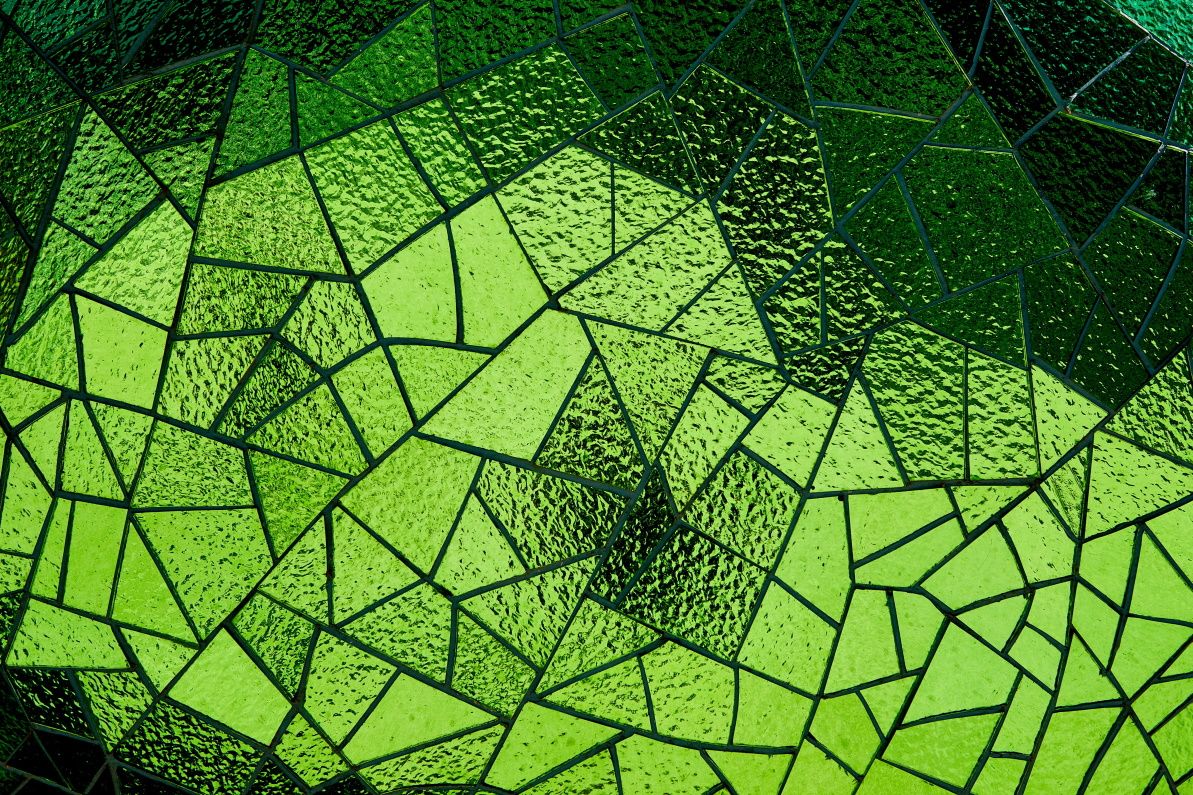How to Tokenize an Asset: A Step-by-Step Guide to NFTs Backed by Physical Assets
Find an exciting and effective new way to engage with customers and monetize your brand.

The blockchain boom has led to both explosive successes and staggering false starts. A great way to tell one from the other before you invest is simply to consider how practical it is. One of the most practical applications of the blockchain yet is the tokenization of physical assets, thanks to the way it bridges the flexibility of NFT marketplaces with the value of real-world goods.
Any organization that knows how to tokenize an asset will have more opportunities to generate liquidity and raise money than those relying on traditional methods alone. But where should businesses start if they aren’t familiar with this technology? Thankfully, tokenization isn’t out of reach, especially when there are partners who can issue tokens for brands and businesses. At Dibbs, we know how to tokenize a physical asset in ways that will increase its overall value.
Subscribe to get our best content in your inbox
By clicking “Submit” you agree to Dibbs
Privacy Policy and
consent to Dibbs using your contact data for newsletter purposes.

How to Tokenize an Asset
What Is the Tokenization of a Physical Asset?
Tokenization is the process of issuing digital tokens to represent assets on distributed ledgers. As advances in blockchain technology make it easier to create and distribute tokens, tokenization has opened up new opportunities for managing and monetizing valuable physical objects. Collector communities are a prime example of tokenization in action as asset holders produce tokens for sports cards, athlete memorabilia, and comic books, but the technology can be extended even further.
Brands and businesses can leverage investment opportunities beyond traditional share models by understanding how to tokenize physical assets. For example, once an asset is tokenized, it can then also be fractionalized — split into units representing a smaller share of the whole asset. These smaller pieces are often far more affordable than buying a total asset, which increases accessibility while allowing token holders to earn proportional returns.
Why Tokenize Physical Assets?
Businesses that know how to tokenize assets can monetize their brands in several innovative ways. Fashion companies have made headlines by offering rare luxury products that combine physical goods and metaverse-functional NFTs. Meanwhile, fractionalized NFTs let everyday customers and fans own a piece of their favorite media properties.
Tokenized assets also create a new line of passive income for brands in the form of automated royalties. When an NFT is resold on the secondary market, the creator — the brand, in this case — receives a small percentage of the transaction. Brands can earn revenue for each subsequent sale resulting from the original token’s sale.
Brands can also reduce settlement times of high-value assets by leveraging the more efficient processes of NFT technology. Since blockchain uses smart contracts, stakeholders can rely on built-in automated processes that activate when certain conditions are met without requiring further verification. Tokens are also far easier to trade than traditional stocks, providing higher liquidity for valuable assets such as real estate. To learn even more about the potential benefits of tokenizing real world assets, partner with Dibbs today.
How Do You Tokenize an Asset?
The process of tokenizing assets varies depending on whether you’re dealing with a physical object, intellectual property, or an entire company. These steps will focus specifically on physical assets and the requirements for issuing and distributing tokens.
- Audit the asset. First, and most importantly, you need a physical asset to tokenize. It could be artwork, a collectible, some form of physical media, a rare commodity, or even commercial real estate. Whatever the asset may be, it will need to be audited to verify its value and unique characteristics.
- Choose a token. Next, choose a type of token that suits your asset and overall business model. Modern blockchain can produce utility tokens, security tokens, and many more, each with its own standards and trading criteria. NFTs tend to be the most effective and efficient for tokenizing physical objects.
- Understand regulations and legal guidelines. Before issuing your tokens, research any legal requirements that relate to your token and the asset itself. These standards may determine which countries you can operate in and how you may issue tokens. Consider international and national legislation that defines asset ownership and token distribution alongside existing industry standards.
- Choose a tokenization platform. At this point, you’ll want to find a tokenization platform that aligns with the various standards assigned above. These platforms are “tokenization as a service” businesses — organizations that know the in-depth technical processes of how to tokenize real world assets, issue tokens, and facilitate trading.
- Develop smart contracts. Now it’s time to develop your smart contract infrastructure. A tokenization provider can handle most of these details, but you will need to decide on the number of tokens and how many will enter public distribution. If you would like to fractionalize your tokens, this is also the time to decide how many smaller units will compose each token.
- Vault your asset. In this essential step, the asset holder surrenders the item to their tokenization partner or a verified third party to ensure its safety and authenticity. The storage facility should be both secure and environmentally maintained for ideal conditions. In cases where storage is impractical, such as for real estate, the vault may hold key documents such as property deeds.
- Distribute tokens. Finally, you can issue and list your tokens. Your tokenization platform will likely manage the issuing process, which can be used for listing in-house or for trading on secondary markets.
Find Your Tokenization Partner
While tokenizing assets can be a profitable practice, it requires technical expertise and established infrastructure to do right. As a result, it’s usually in a brand’s best interests to partner with a dedicated provider to issue tokens, execute trades, and, most importantly, protect the asset’s value. Dibbs has already created a vibrant NFT marketplace based on real world assets, and we’re ready to put what we’ve created and learned to work for you.
Learn more about partnering with Dibbs to get your business blockchain-bound in a practical and effective way.

Ben Plomion
Ben Plomion is Dibbs' Chief Marketing Officer. As a child, Ben collected comic books and Panini Football stickers. Now, Ben's PC consists of physical-backed NFTs.

